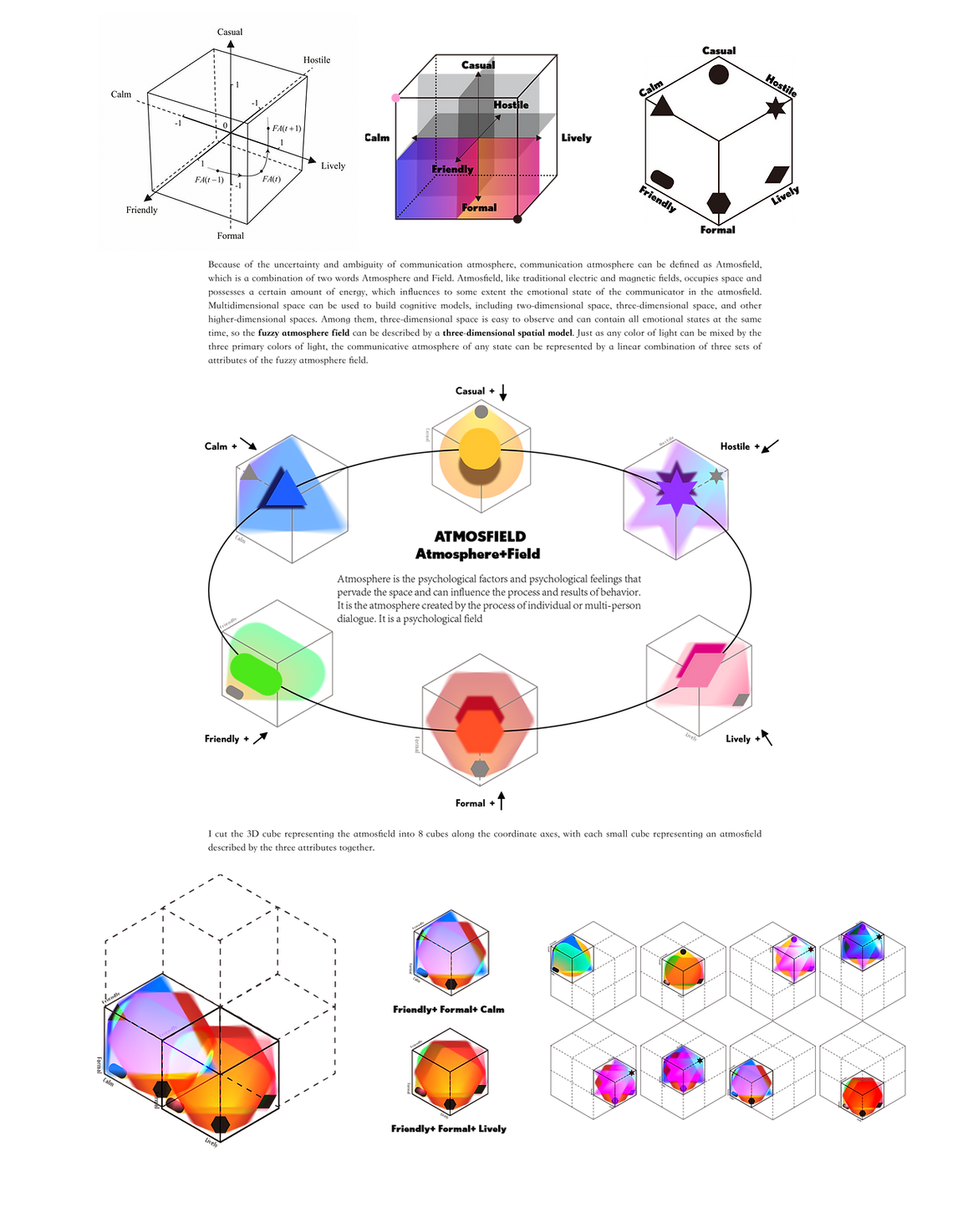
EMO+
My personal project | 3 Month Sep.2022-Dec.2022
EMO+ is a set of board game designed to help people with autism to better interpret other people’s emotions. This tool can also can be used to ease frustration and reduce misunderstandings among individuals who think and communicate differently.
The Context
The Context
The Context
In contemporary society, there’s a significant rise in autism spectrum disorder (ASD) diagnoses. Previously, autism was predominantly perceived as a childhood condition, shaping biases in research and media narratives. It wasn't until the 1980s that systematic exploration of adult diagnoses commenced, further expanding in the 1990s to encompass Asperger’s syndrome. This expansion of diagnostic criteria has heightened awareness of undiagnosed adults, shedding light on a previously overlooked group often dubbed “a lost generation.” Simultaneously, there's a growing societal effort to understand and embrace individuals within the autistic community. Friends and family of autistic adults, in particular, are increasingly inclined to offer understanding, support, and encouragement.

Target Group
Adolescents over 16 years of age and adults with Asperger's syndrome and people with Asperger's tendencies, as well as their families.
Understand Emotions
An Obstruction To Two-way Communication
Understand Emotions
An Obstruction To Two-way Communication
I interviewed two friends (who have Asperger tendencies) and accessed Asperger's related forums to compile two typical characters to better understand what kind of users I want to design for, I created a primary persona to guide my design

Synthesizing these data and previous research, I produced Journey maps, persona, etc. to identify our users and find out their problems and needs

I establish the essential design goals & key features based on the research gathered from my interviews & dialogue analyses. These will become my focus points when planning the designs for this project.


After my research and synthesis, I realized that I needed to narrow down the scope and reframe the problem.
Ideation
During the ideation process, I tried to figure out different ways and typologies to meet the problems and findings. In my 1st direction, I hope to design a technology-based aid for judging the emotions of others, which can help users by recognizing emotions when necessary. But there are some problems. So I started to refocus my design on studying the mindset of people with Asperger's and their communication modes with neurotypical. So my final design direction was determined in an attempt to visualize the structure of emotions, which would allow users to communicate better with the help of visual props that deconstruct emotions, to appreciate each other's differences more, and to try to think differently.


In this project
I'd like to address the issues of finding it difficult to work out others’ intentions and causing misunderstandings during conversations. My intervention was based on the consideration of the thinking and emotional interpretation of people with Asperger's and Asperger's tendencies, I designed a set of communication entity interactive games to help them develop attunement and better think differently.
The communication can be deconstructible, pleasant and effective..
Concept Development
AtmosField

Design Process
Introspection and Perspective-taking
Cognitive reasons for misunderstanding are well documented, highlighting how individuals with AS may struggle to make themselves appropriately ‘readable’ to others because of limitations in the theory of mind, executive control, emotion perception and regulation, and pragmatic language. From the perspective of the ‘neurotypical’ perceiver, the individual with AS can be difficult to read, appearing idiosyncratic and disconnected from socio-cultural norms. In fact, this lack of understanding is mutual: Neurotypicals cannot understand Aspies, and similarly, Aspies cannot understand Neurotypicals.

Interaction Process development and Iteration
.jpg)
.jpg)
Final Design Outcomes




Next Steps
1. More user testing and iteration of the game
2. Make the game system more complete, which may include packaging, game descriptions, etc.
3. Improve the interaction process




